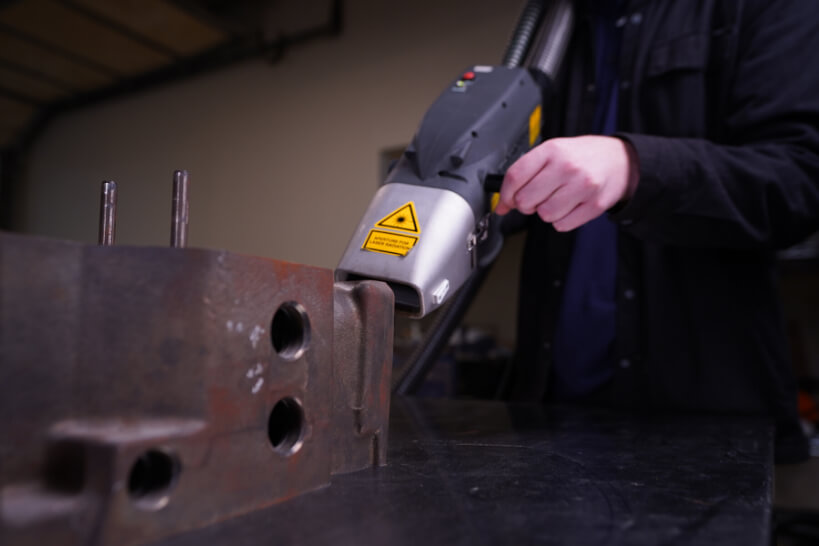Vaginismus is a condition in which the muscles surrounding the vagina involuntarily contract, making penetration difficult or impossible. It is an extremely painful and distressing condition that can have a major impact on a person’s intimate relationships and quality of life. Thankfully, physical therapy can be used as an effective treatment option for those who suffer from vaginismus. Let’s look at how physical therapy can help.
How Physical Therapy Helps with Vaginismus
Physical therapy can be used to reduce muscle tension and pain associated with vaginismus. It helps relax the pelvic floor muscles, allowing them to become more elastic and less prone to spasms. This helps reduce any discomfort felt during intercourse, as well as increase sexual pleasure overall. In addition, physical therapy can help improve control over the pelvic floor muscles, allowing patients to eventually regain full function of the area.
A physical therapist will typically use a combination of manual therapies such as myofascial release and trigger point release, along with strengthening exercises tailored specifically to each patient’s needs. These exercises often focus on targeting individual muscle groups that are associated with spasticity in order to restore balance within the pelvic floor muscles. The therapist may also suggest lifestyle changes such as incorporating mindfulness activities into daily routines or using lubricants during sex in order to make penetration easier and reduce discomfort levels.
In addition to helping with muscle relaxation, physical therapy can also be beneficial for people suffering from vaginismus emotionally by providing emotional support through counseling sessions or psychotherapy techniques such as cognitive-behavioral therapy (CBT). CBT is a type of talk therapy that focuses on understanding triggers for anxiety and developing strategies for managing those triggers more effectively in order to reduce fear related to penetration or sexual activity in general. This type of therapeutic approach can be extremely useful for those struggling with vaginismus because it not only addresses psychological factors associated with the condition but also provides practical tools that patients can use in their everyday lives in order to manage their symptoms better.
Conclusion:
Physical therapy is an effective treatment option for those suffering from vaginismus because it helps relax the pelvic floor muscles while providing emotional support through counseling sessions or psychotherapeutic techniques such as cognitive-behavioral therapy (CBT). Through this approach, patients are able to gain control over their symptoms while enjoying greater comfort during intercourse and improved quality of life overall. If you are dealing with vaginismus, seeking out physical therapy could be a great way to start feeling better both physically and emotionally!



